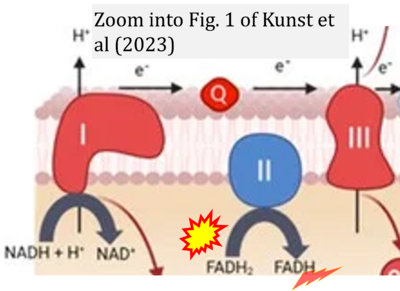Kunst 2023 Biomedicines
| Kunst C, Schmid S, Michalski M, Tümen D, Buttenschön J, Müller M, Gülow K (2023) The influence of gut microbiota on oxidative stress and the immune system. Biomedicines 11:1388. https://doi.org/10.3390/biomedicines11051388 |
Kunst C, Schmid S, Michalski M, Tuemen D, Buttenschoen J, Mueller M, Guelow K (2023) Biomedicines
Abstract: The human gastrointestinal tract is home to a complex microbial community that plays an important role in the general well-being of the entire organism. The gut microbiota generates a variety of metabolites and thereby regulates many biological processes, such as the regulation of the immune system. In the gut, bacteria are in direct contact with the host. The major challenge here is to prevent unwanted inflammatory reactions on one hand and on the other hand to ensure that the immune system can be activated when pathogens invade. Here the REDOX equilibrium is of utmost importance. This REDOX equilibrium is controlled by the microbiota either directly or indirectly via bacterial-derived metabolites. A balanced microbiome sorts for a stable REDOX balance, whereas dysbiosis destabilizes this equilibrium. An imbalanced REDOX status directly affects the immune system by disrupting intracellular signaling and promoting inflammatory responses. Here we (i) focus on the most common reactive oxygen species (ROS) and (ii) define the transition from a balanced REDOX state to oxidative stress. Further, we (iii) describe the role of ROS in regulating the immune system and inflammatory responses. Thereafter, we (iv) examine the influence of microbiota on REDOX homeostasis and how shifts in pro- and anti-oxidative cellular conditions can suppress or promote immune responses or inflammation.
• Bioblast editor: Gnaiger E
Correction: FADH2 and Complex II
- FADH2 is shown as the substrate feeding electrons into Complex II (CII). This is wrong and requires correction - for details see Gnaiger (2024).
- Gnaiger E (2024) Complex II ambiguities ― FADH2 in the electron transfer system. J Biol Chem 300:105470. https://doi.org/10.1016/j.jbc.2023.105470 - »Bioblast link«


